Since peacocks dislike the cold, raising and caring for peacocks in winter may be much more challenging. In winter, how can peacocks be properly cared for?
Considering the history of these birds, raising peacocks is not a simple task. Raising peacocks in temperate climates might be a bit difficult because they are tropical birds.
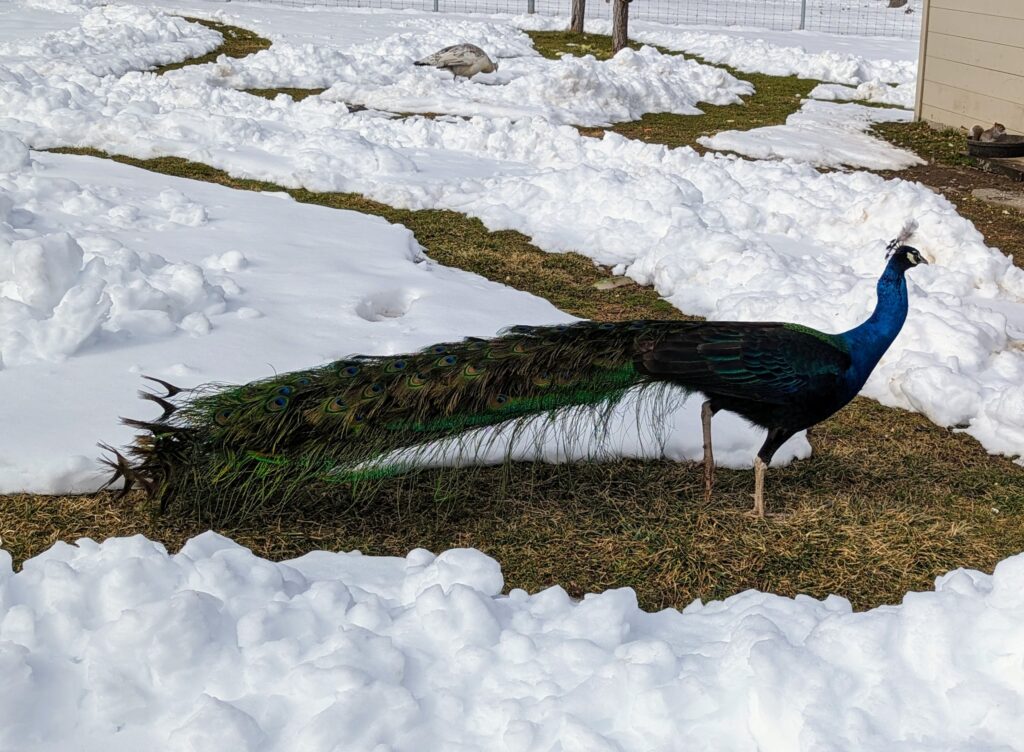
Caring For Peacocks in Winter
After you read and apply the advice below, taking care of peacocks throughout the winter will be rather simple.
1. Allow them a Huge Area to Move About
Your peafowls need plenty of space. You should not raise your peacocks until you have adequate room if you can’t allow them to go about freely, even in the winter.
A coop is necessary for most birds, but peacocks require a large enough coop. To go around and distribute their feathers, peacocks require room.
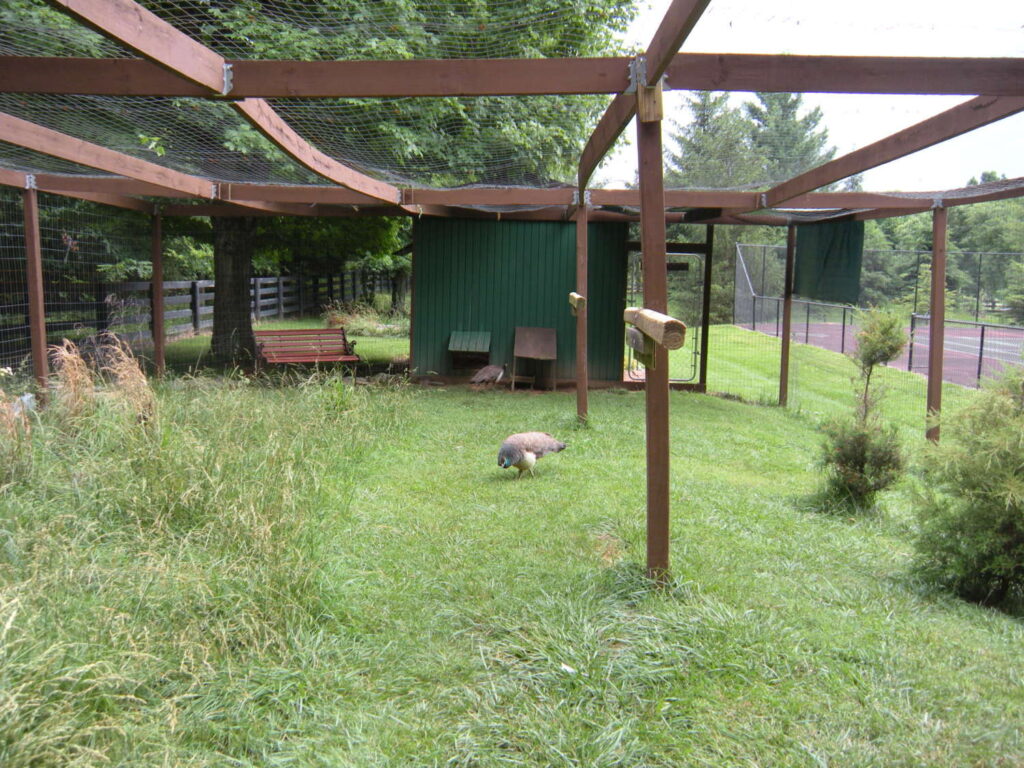
Not only does a bigger coop provide your peacocks more room to walk around and spread their feathers, but it will also keep them warmer. Your peafowls will be OK if you only make sure the coop is well-insulated (to be addressed later). Once you’ve cleared enough room, adhere to the advice below.
2. Constantly Check and Modify the Temperature
Peacocks are tropical birds, hence they will gravitate toward warm environments. Use the advice below to help keep your peacocks comfortable in their coop.
Never forget that while caring for peacocks in winter, temperature is a critical factor.
- Heat Lamp: When looking for warmth, a heat lamp should be your first choice. A heat lamp is the most common technique to keep your birds warm, however, there are other options as well. If one heat light isn’t enough, you can put more than one in the coop. Ensure that a thermometer is at hand.
- Bedding: In a coop, bedding is crucial. Use bedding to keep your peacock’s feet off the chilly ground if the coop is situated directly on the ground. The act of bedding traps warm air as well.
- Roost: Although they don’t require one, peacocks will undoubtedly appreciate it if you provide them with something to perch on within the coop.
3. Pay Attention to the Airflow
In the winter, a lot of individuals make ventilation errors. You have to be concerned about ventilation even if you want the coop to be warm throughout the winter. Your peacocks won’t get fresh air without enough ventilation, and the coop may become overly damp.
Ensure that there are windows in the coop to allow for ventilation. Additionally, you may want to open the coop door, but before you do, make sure there isn’t any wind blowing because peacocks don’t do well in drafts.
Never forget how crucial ventilation is—even in the winter when your peafowls won’t have enough air to breathe.
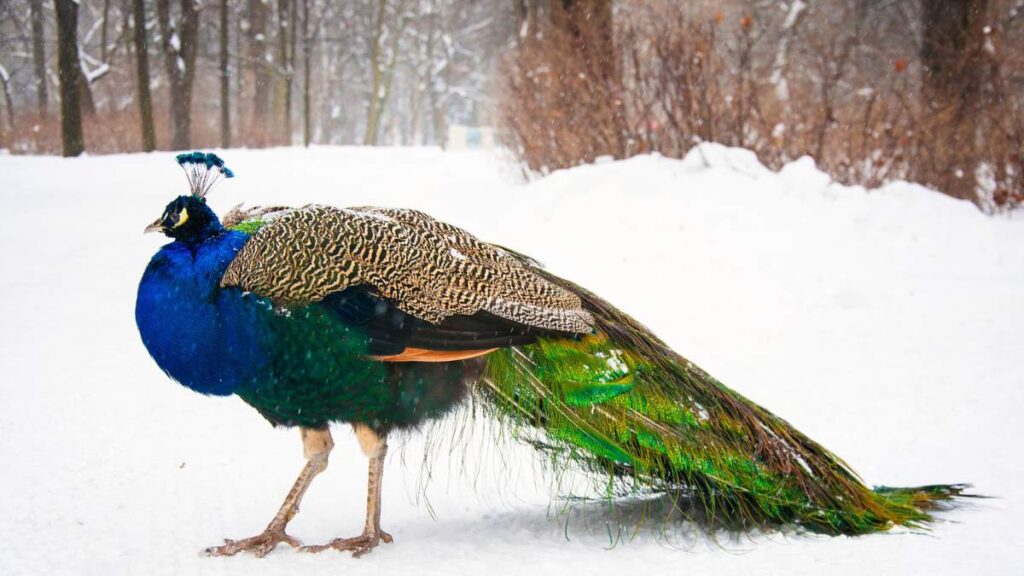
4. Provide Enough Water and Food
Maintaining your peacocks’ health during the winter is your aim. When your peafowls are eating and drinking, it’s essential to determine their health. Don’t cut back on their food in the winter. Rather, urge them to consume more food, since digestion aids in keeping your peacocks warm.
Make sure the food your peacock eats is high in protein. Give your peacocks more enticing feed, including live feed, grains and seeds, or boiling beans, if you see that they are becoming less hungry.
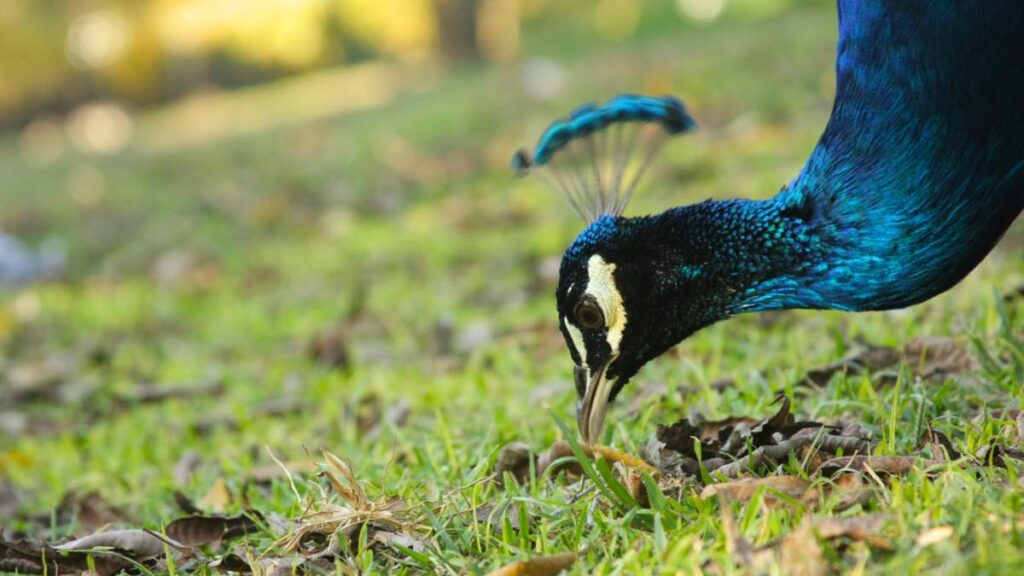
Additionally, see to it that their water trough is regularly filled with clean water. Verify that the water’s temperature is not too low.
5. At Night, Provide Them Some Cracked Corn or other Grains
Giving your peafowls grains at night is a great way to keep them toasty on chilly winter evenings. Keep in mind that birds might become heated during meal digestion. Providing grains to your peacocks at night can also help them stay busy and warm.
Grain samples that you may feed to peacocks include:
- Maize (corn)
- Barley
- Millet
- Rye
- Wheat

Give your peacocks broken corn rather than entire kernels if you want them to consume it more rapidly. Don’t feed your peacocks more grain than they can consume in a single night. Any remaining grain should be disposed of the next morning.
Increase Lighting if Necessary
If you offer your peafowls light at night, you might entice them to become active.
This should only be done if you want them to eat or be active at night. Mature peacocks don’t require extra food at night, so you may let them sleep. However, your younger peacocks have to feed as frequently as they can.
If you want to place more lighting in the coop, it won’t substantially raise the temperature inside. Use a heat lamp or other techniques to raise the temperature.
All your peafowls need is light, especially young ones, so they can feed and be active at night.
6. Keep an Eye on their Actions Outside
Can wintertime peacocks be outside? Depending on the peacock’s disposition, yes. While some peacocks may choose to go outdoors, others may prefer to stay inside.
You may open the coop doors and see which peacocks venture outdoors and which remain inside when there isn’t much wind. It would be foolish to keep the entrance open if the majority of peacocks remain within. In order to determine if a peacock is healthy or not, observe any changes in their behavior if the majority of them walk outside.
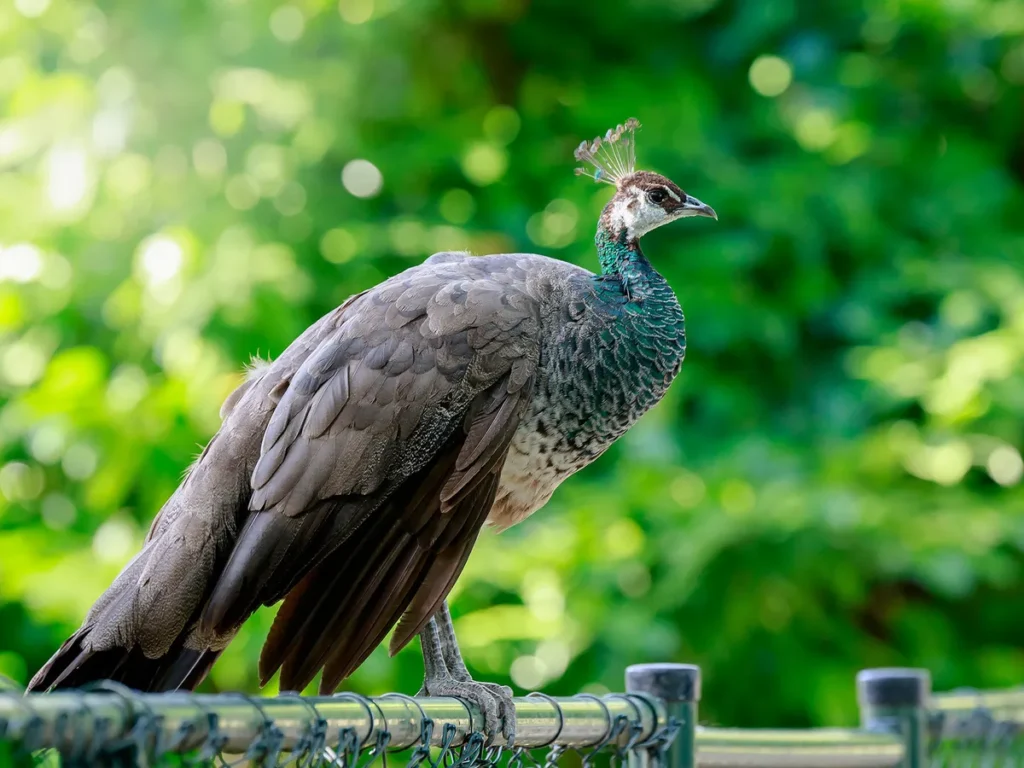
To prevent wind sickness in your peacocks and other birds, please keep them indoors during windy conditions.
7. Bring Them Inside
You can bring your peacocks inside and keep them in your garage or another comparable area of your house till winter passes if you find it uncomfortable to leave them in their coop all winter long, that is, without your continual supervision. Place them where it will be convenient for you to check on them.
Be aware that peacocks continuously defecate and might be loud, much like other birds. When bringing your peacock indoors, make sure you have a plan since, if their excrement is not routinely removed, it might draw insects and bacteria that could harm you.
You now know a few tricks for taking care of your peacocks over the winter. Ensure the health and warmth of your peacocks in the cold.
Summary
Because peacocks are tropical birds that like warm climates, you should keep them from being overly chilly, especially during the winter. Use every suggestion in this post to ensure your birds have a comfortable winter.
Your peacocks may now be simply taken care of in the winter. Never forget to keep them warm.
